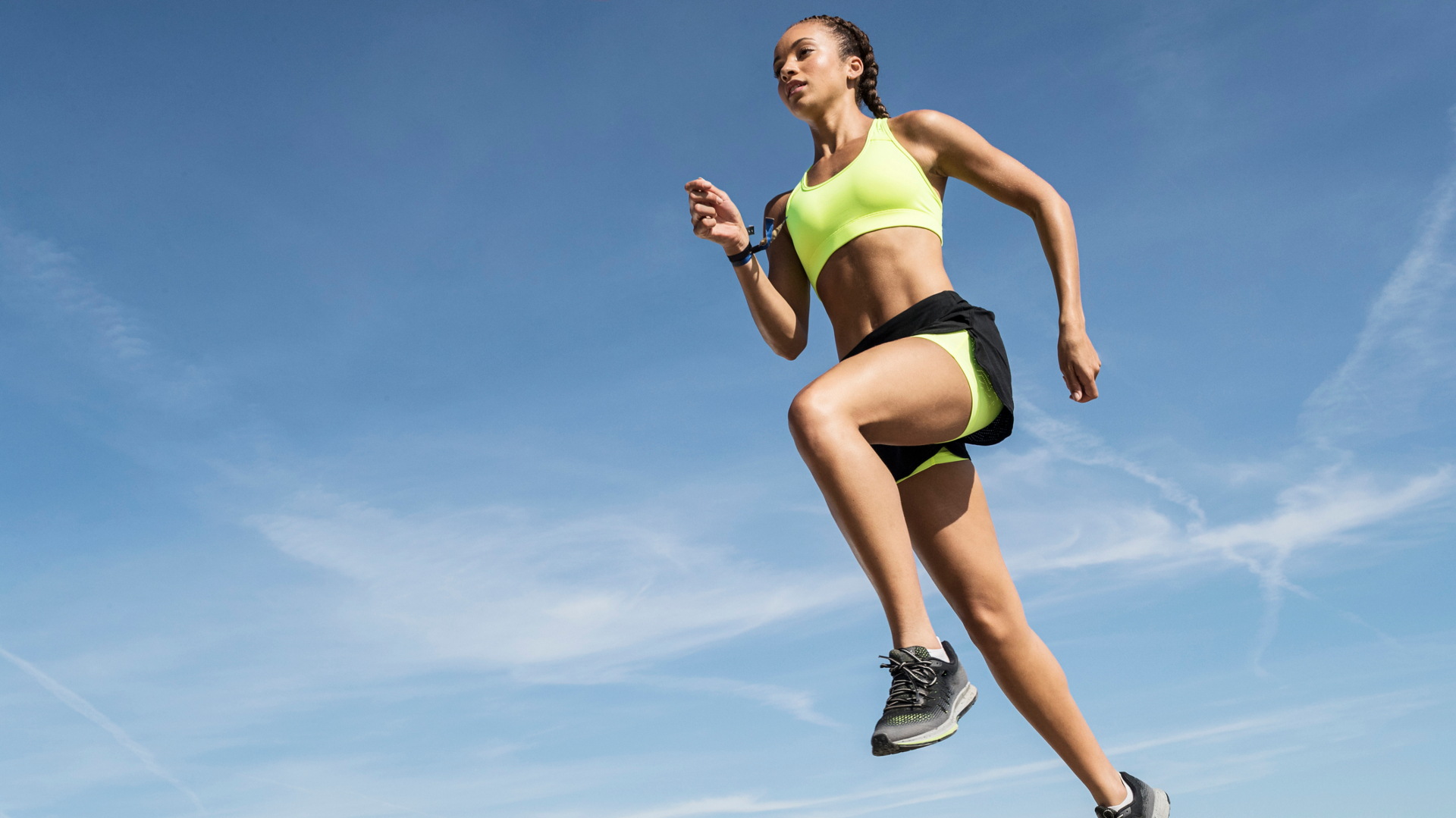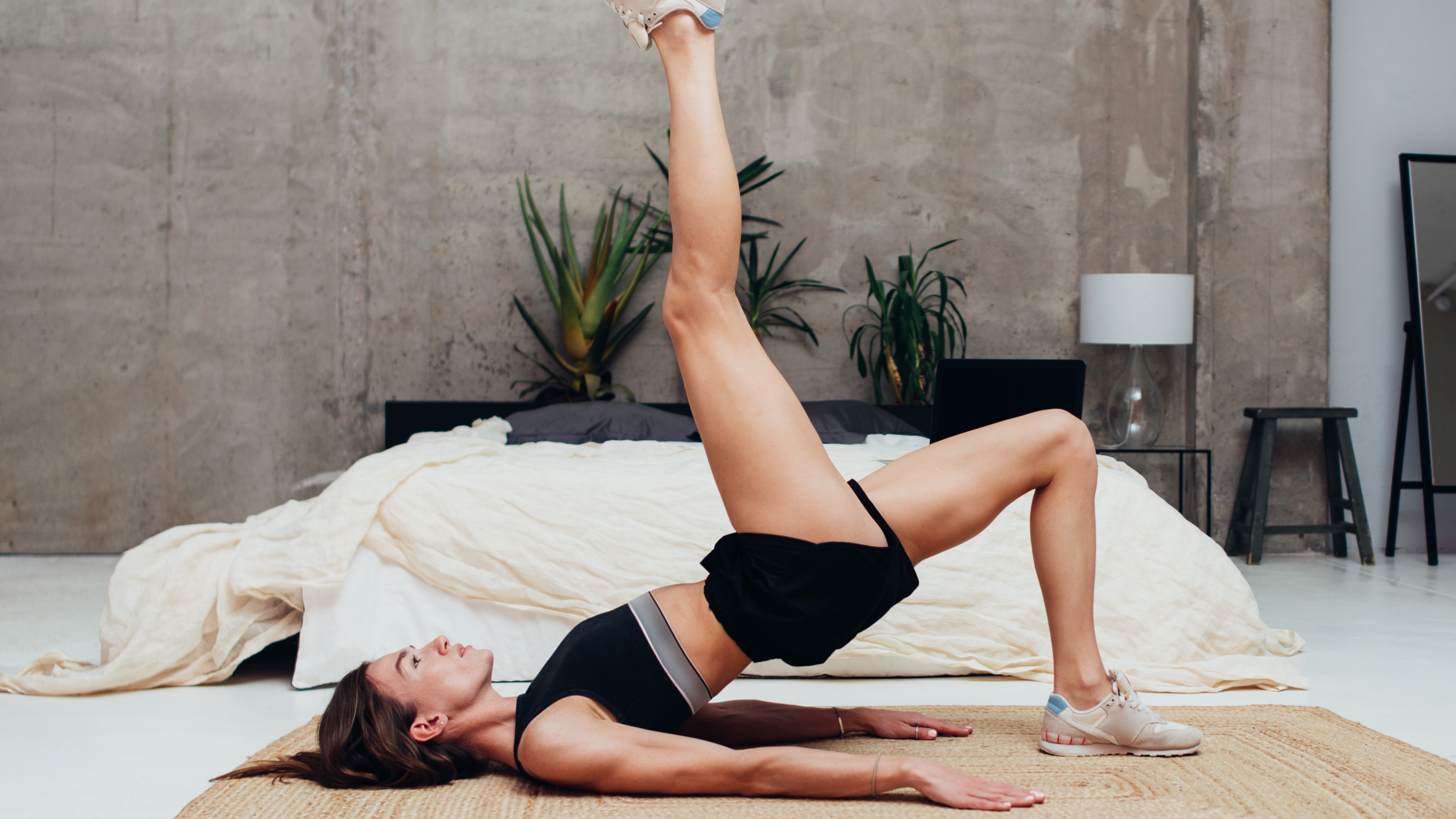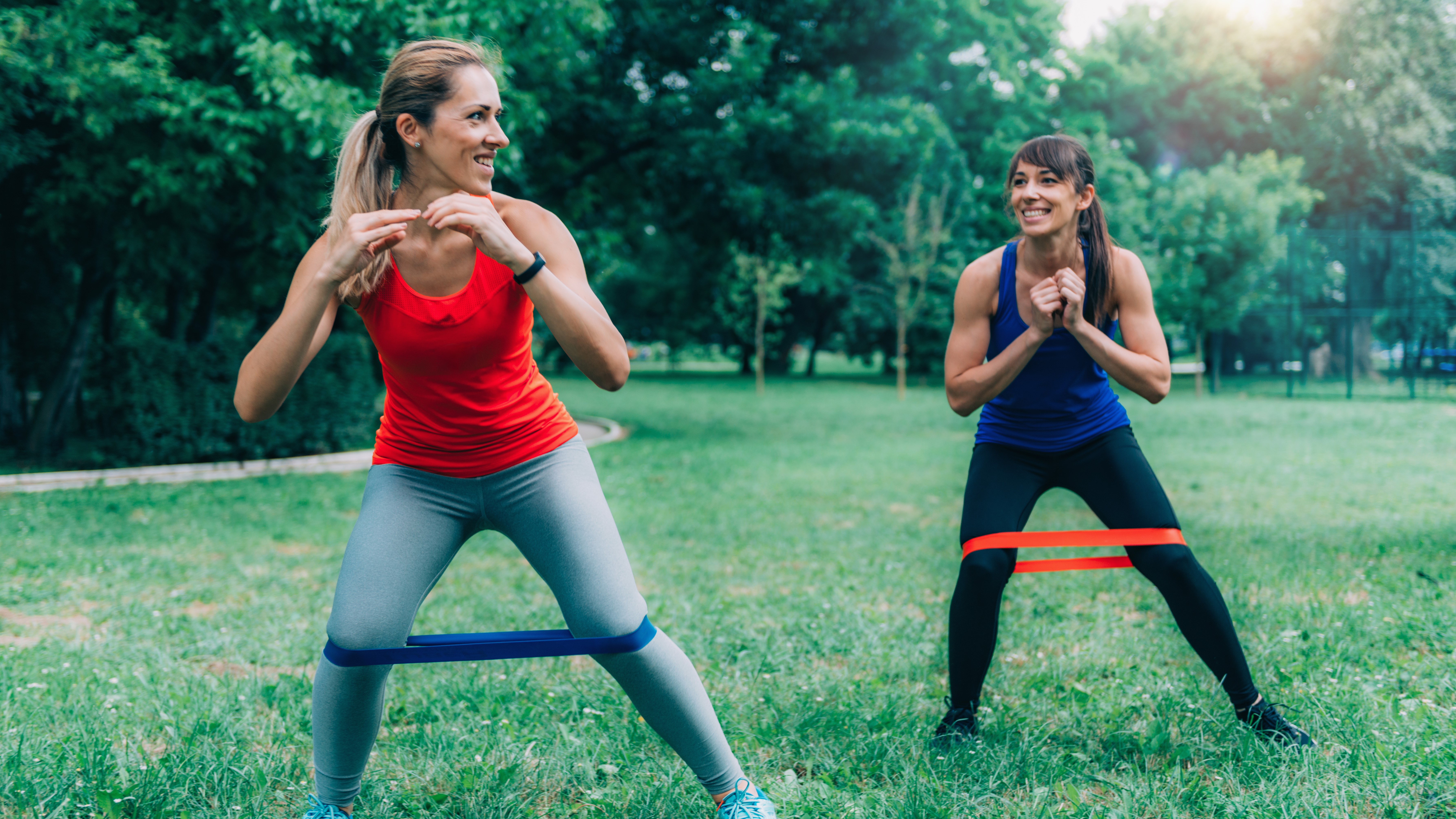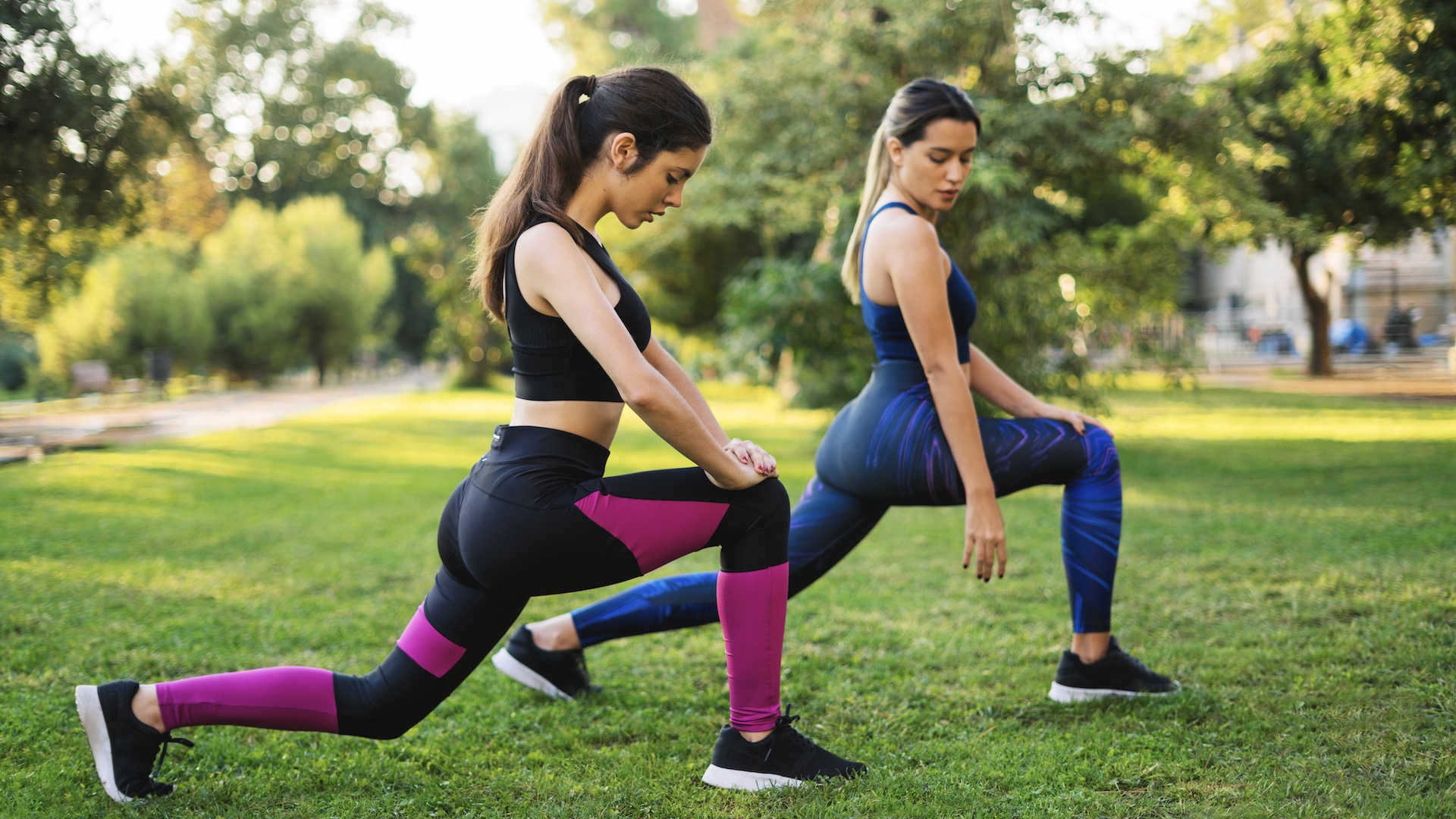What is Dead Butt Syndrome? Tips to help you recruit your glutes as a runner
We look into this common condition among runners and desk jockeys, and discover how to turn your glutes back on for optimal performance

In over 15 years of teaching yoga, I’ve seen a lot of interesting phenomena, from people putting their legs behind their heads to extra toes – one of the most common, however, is Dead Butt Syndrome.
For many years, I taught in Vail, Colorado, which if you don’t know is a ski town located in the Rocky Mountains. During this time, the majority of my regular students were athletes who spent their summers in hiking boots and trail running shoes and their winters on skis. An unusually large portion of them fell within the “elite athlete” range of ultra runners, competitive mountain bikers, rock climbers, rafters, kayakers and Olympic skiers. Though there was certainly a lot of variation in the strengths of these athletes, coming from such diverse disciplines, what many of them had in common was an inability to recruit their glutes.
I’d always notice this in a yoga pose called Warrior 3, pictured below, which is an excellent tool for building leg strength, eccentric contraction in the hamstrings and strengthening glutes against gravity – but only for students who could access their glutes in the first place. For the rest of them, Dead Butt Syndrome meant their back leg was sinking down, making the pose more challenging and less effective than it had to be, and potentially contributing to vague pain and discomfort throughout the day. And it turns out that athletes aren’t the only ones who suffer from it.

What is Dead Butt Syndrome?
Dead Butt Syndrome is the colloquial term for gluteal amnesia, which describes dysfunction in the gluteus maximus and medius muscles due to overuse or underuse. These two buttock muscles are important for runners and hikers; the glute max contributes to hip extension to help push your foot and leg back when you’re on the move and maintain an upright position when you’re at rest, while the glute med abducts your thigh and provides important stabilization when you're on rough trails.
However, excessive overuse of these muscles, such as running long distances without cross training or strength training, as well as underuse caused by spending prolonged periods sitting, can mean that your nervous system essentially “forgets” about these muscles, making it hard to recruit them when you need them and resulting in other unwanted symptoms.
What are the symptoms of inactive glutes?
You may harbor zero ambition to ever do Warrior 3 pose, but that doesn’t mean you shouldn’t care about glute amnesia as it can lead to pain and numbness in your posterior muscles, from your buttock down to your calves.
A 2019 clinical commentary on the topic published in the International Journal of Sports Physical Therapy notes that the condition has been implicated in multiple injuries such as anterior knee pain, ACL injuries, low back pain, hamstring strains, hip impingement and ankle sprains. So that’s just about every common trail running injury, then. For runners, it can also hinder your power and performance if you’re not able to use your glutes at their full potential.
All the latest inspiration, tips and guides to help you plan your next Advnture!
Your glute max is the largest and heaviest muscle in your body for a reason – it’s meant to be used for stability and in movement. When you fail to use it, other muscles and structures end up compensating, which can lead to strain and pain.

How long does it take to fix gluteal amnesia?
Gluteal amnesia doesn’t just come on all at once; rather, it sets in slowly over time as you neglect certain movements, strength training or spend more time at your desk. Similarly, you won’t be able to reverse it overnight. How long it takes to get your glutes back online all depends on how chronic the condition is, and how much time and energy you’re willing to put into restoring balance in your body, but with the right program you should be able to see results within a month or two according to many physical therapists. What’s important is to keep activating your glutes once you’ve restored your connection to them, so that the issue doesn’t return.
How do you treat the gluteus medius syndrome?
If you suspect you are suffering from glute amnesia, you should be able to reverse it with some changes to your daily routine as well as certain exercises, though it’s advised to work with a physical therapist to make sure you’re approaching exercises safely.
Fitness experts at Mirafit reached out to us with these preventative techniques to help battle dead butt syndrome:
- If you work at a desk, set a timer for every hour and get up and move around for a few minutes to ensure you are taking a break from a seated position.
- Sit with an upright posture, which will open the hip flexors more and ease the stress on the glutes.
The Cleveland Clinic also recommends investing in a standing desk or a sitting on a therapy ball to help keep your glutes active.

In addition, Mirafit has the following recommendations for exercises that will strengthen and condition your glutes and help relieve tightness in your hips. If any of these is new, consult a trainer or physio first for recommendations on technique and how frequently you should perform them. For my yoga students, I often recommend they touch their glutes while performing these exercises at first to give their brains and nervous systems a tactile reference point and start to encourage activation.
1. Banded squats
When performing a squat, enhance the exercise by incorporating a resistance band around your knees. This movement not only strengthens your glutes, quads, and hamstrings, but the band will also target your gluteus medius muscle for a more extensive workout.
2. Monster walk
Begin by placing a resistance band around your ankles and positioning your feet slightly wider than hip-width apart. Proceed to take small steps forward at a slow pace. You should experience a sensation of burning and activation in the outer muscles of your glutes.

3. Frog glute bridges
Instead of executing a standard glute raise, maintain your feet near your glutes and position your knees outward. From this stance, lift your glutes off the floor. This modified glute bridge increases the engagement of the outer glute muscles.
4. Side plank with leg raise
Position yourself into a side plank with your elbow positioned beneath your shoulders. While maintaining this stance, lift and lower your upper leg. The gluteus medius plays a vital role in this leg abduction action, in addition to stabilizing the hips on the opposite side during the side plank.

5. Drop lunge
To do the drop lunge, step forward into lunge, and bring your back knee almost to the floor. Push off your front foot to return to standing.
6. Deadbug
Begin by lying on your back with arms extended above your shoulders and knees bent above your hips with shins parallel to the floor. Extend one arm back and the opposite leg forward to hover above the floor, then return to the starting position before switching sides. This core workout strengthens the abdominal muscles and promotes proper hip alignment.
Julia Clarke is a staff writer for Advnture.com and the author of the book Restorative Yoga for Beginners. She loves to explore mountains on foot, bike, skis and belay and then recover on the the yoga mat. Julia graduated with a degree in journalism in 2004 and spent eight years working as a radio presenter in Kansas City, Vermont, Boston and New York City before discovering the joys of the Rocky Mountains. She then detoured west to Colorado and enjoyed 11 years teaching yoga in Vail before returning to her hometown of Glasgow, Scotland in 2020 to focus on family and writing.

